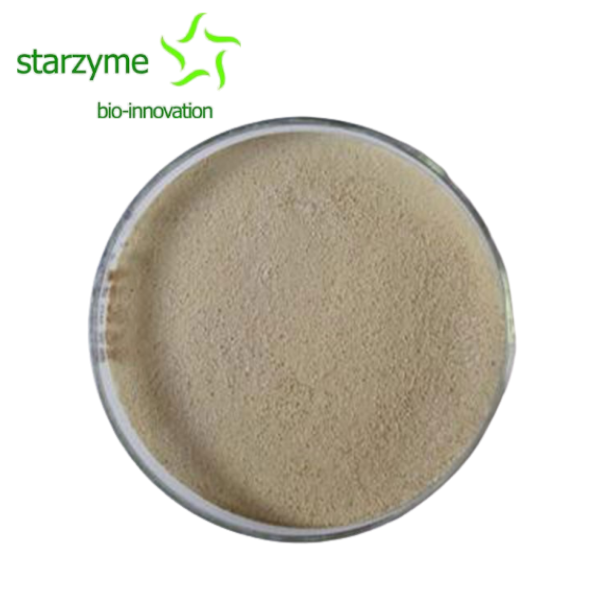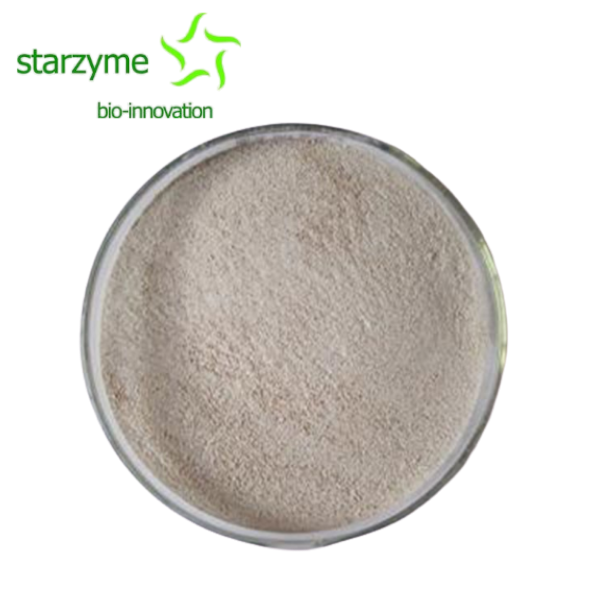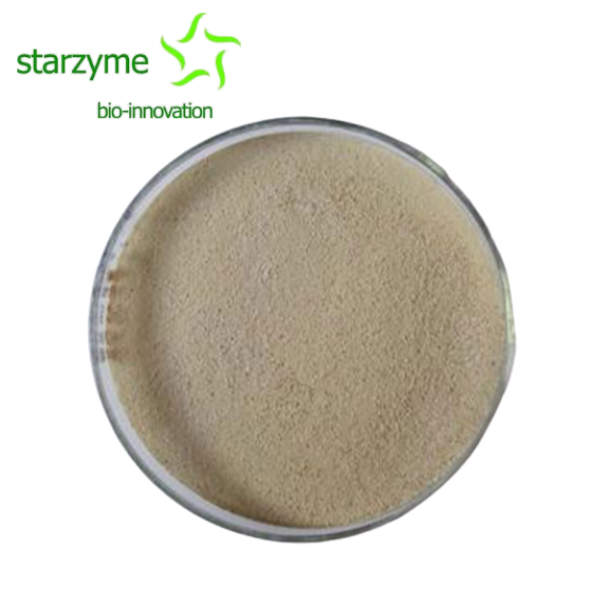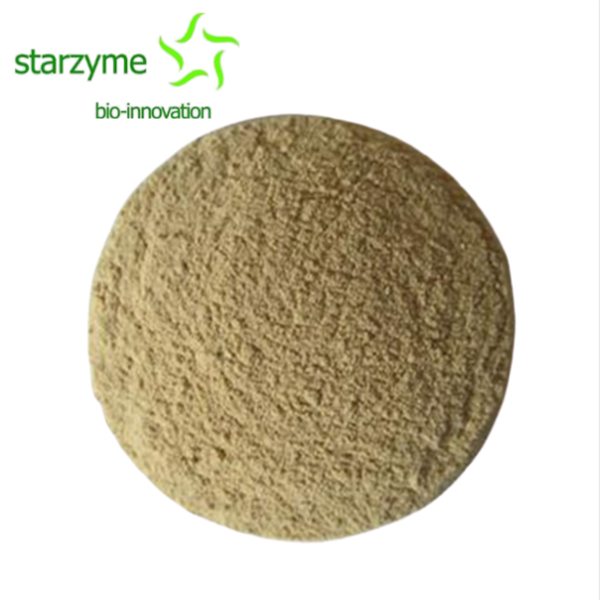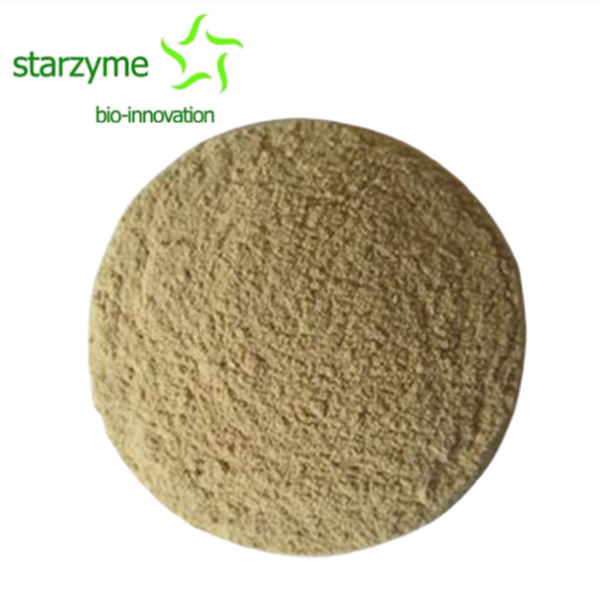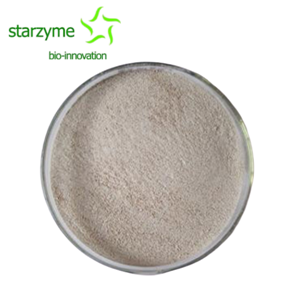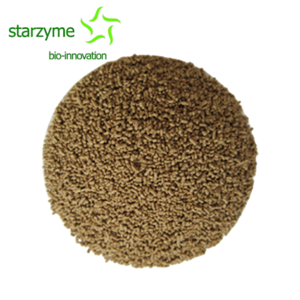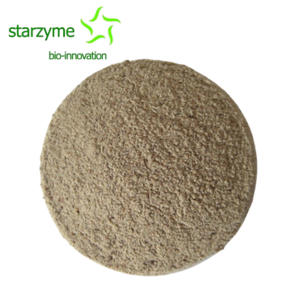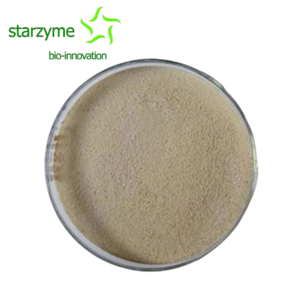Clostridium Butyricum

- Starzyme
- China LiaoNing
- Within Two weeks afterreceivedthe order
- 150 Tons Permonth
1. Clostridium butyricum is an anaerobic gram-positive bacillus with strong tolerance to many kinds of feeding antibiotics.
2. Clostridium butyricum can regulate intestinal microflora, inhibit the growth of pathogens and improve feed conversion efficiency. Clostridium butyricum is widely used in medicine, agriculture, animal husbandry and other fields.
3. This product is produced by Clostridium butyricum by submerged liquid fermentation and special drying process.
4. The product is light yellowish powder. The number of live bacteria exceeds 5×10^8 CFU/g. The bacteria strain has many excellent characteristics such as more sporulation, heat resistance, acid resistance and bile acid resistance.
(1) Low Feed Conversion Rate
Clostridium butyricum can produce protease and lipase, which can promote the digestion and absorption of protein and fat in animals. Clostridium butyricum acts as an amino acid carrier. Clostridium butyricum transports all amino acids, but does not decompose amino acids. Clostridium butyricum can produce B vitamins, vitamin K, amylase and other substances in animal intestinal tract, which has health function and improves feed conversion efficiency.
(2) Intestinal Flora Disorder
Clostridium butyricum can promote the proliferation and development of beneficial bacteria (bifidobacteria, lactobacillus) in animal intestine, inhibit the growth and reproduction of harmful bacteria such as staphylococcus, candida, Escherichia coli, dysentery bacillus, salmonella typhi, correct the disorder of intestinal flora, reduce harmful substances such as amines, indoles and hydrogen sulfide.
(3) Intestinal Epithelial Injury
The main metabolite of Clostridium butyricum is butyric acid. Butyric acid is the main nutrient for the regeneration and repair of intestinal epithelial cells.
Clostridium butyricum contributes to the regeneration and repair of intestinal epithelial cells.

Analysis on the current pain points of the industry
1. False mark of enzyme activity
The product is marked with 100,000 enzyme activities, and the actual enzyme activity is 60,000, resulting in incomplete hydrolysis and indirectly increasing the cost of enzymes.
2. Product is unstable
Lack of enzyme protection technology and quality control, unstable enzyme activity, and differences in product specifications for each batch, resulting in product quality fluctuations.
3. Long production cycle
No enzymatic hydrolysis experience and enzyme compounding technology increase labor cost and R&D cycle, which indirectly affects the production schedule.
For us, our major is to solve these pain points
1. The enzyme activity can be customized, providing different enzyme activity products and solutions
2. Stable enzyme activity, unique enzyme activity protection technology to reduce fluctuations in production quality
3. Enzyme activity is not false, strict quality control links, third-party testing to reduce enzyme costs
Quality control strength
6 key control point inspections, escorting the whole process of quality, using extraction, membrane separation, vacuum freeze-drying, spray drying and enzyme activity protection technologies to produce products that fully meet the requirements of global customers.
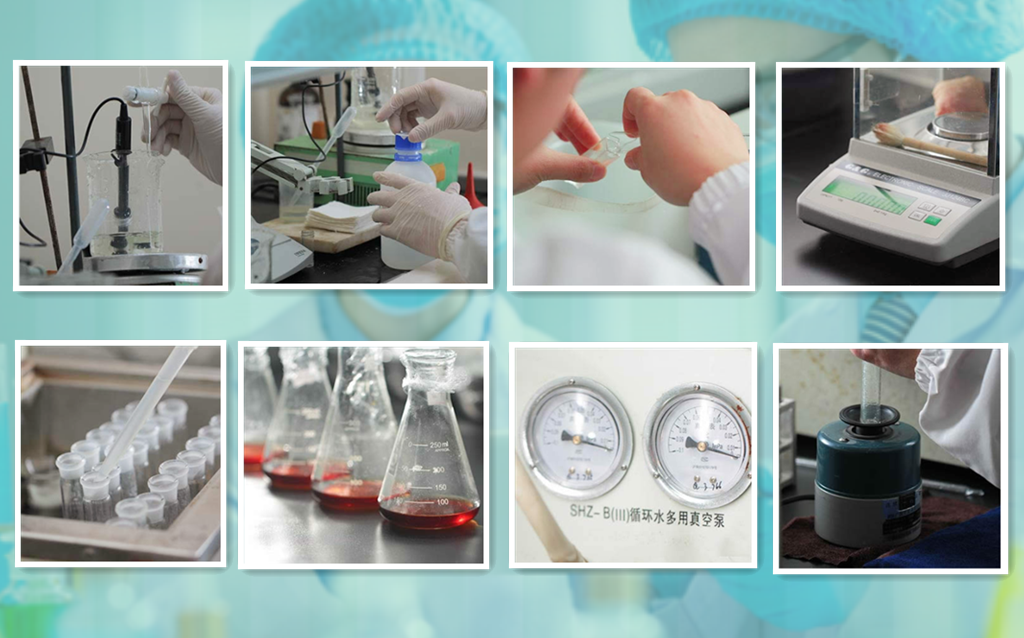
Production capacity
Eight automatic primary fermentation cylinders (60 m³),
2 pure culture tanks (10 m³), 2 pure culture tanks (5 m³),
4 pure culture tank (4 m³), 2 pure culture tanks (1 m³),
4 pure culture tanks (0.3 m³), 1 large air compressors,
1 spray/drying tower (1 ton/h),
4 air drying and fluidized bed drying equipment
1 production line of ultra concentrate liquid enzyme.
The annual production capacity of the Starzyme is more than 20,000 tons of liquid, powd
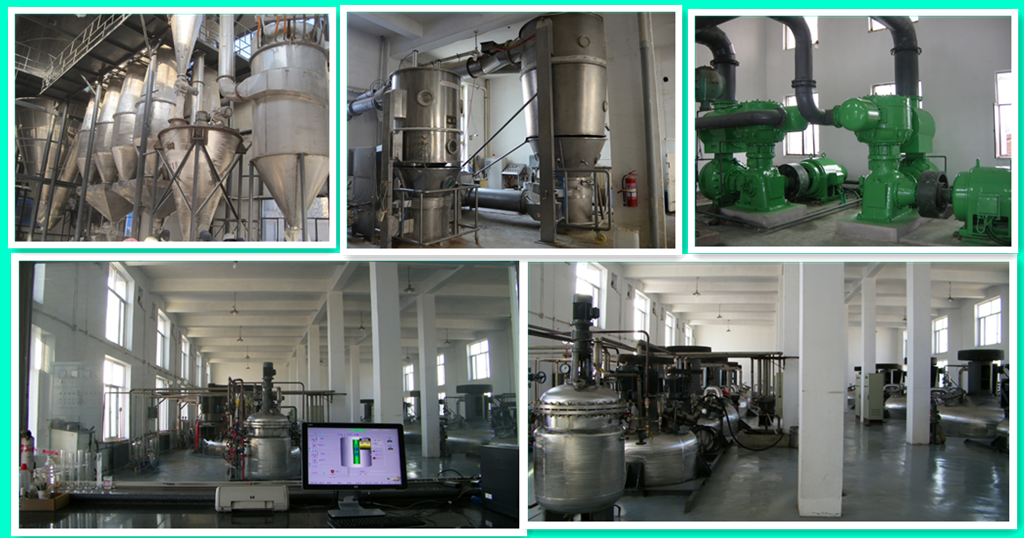
Raw material grade single enzyme varieties that have been mass produced:
Xylanase (400000U/g) Cellulase (5000U/g)
β-Glucanase (30000U/g) Mannanase (50000U/g)
Phytase (100000U/g) High temperature resistant phytase (50000U/g)
Pectinase (30000U/g) Amylase (5000U/g)
Lipase (50000U/g) Acid Protease (50000U/g)
Neutral protease (100000U/g) alkaline protease (200000U/g)
Saccharification enzyme (300000U/g) Glucose oxidase (3000U/g)
High-end micro-ecological preparations that have been mass produced:
Bacillus subtilis (3×1011 CFU/g) Bacillus licheniformis (2×1011 CFU/g)
Bacillus coagulans (5×1010 CFU/g) Lactobacillus acidophilus (1×1010 CFU/g)
Lactobacillus plantarum (1×1010 CFU/g) Yeast (2×1010 CFU/g)
Enterococcus faecalis (1×1011 CFU/g) Clostridium butyrate (1.6×109 CFU/g)
Micro-ecological preparation for high-end organic fertilizer
Bacillus subtilis (1×1011 CFU/g)
Bacillus amyloliquefaciens (1×1011 CFU/g)
Bacillus coagulans (5×1010 CFU/g)
Enzyme preparation for alcohol and liquor
Saccharification enzyme: 200,000U/g
Thank you for your browsing, as a professional manufacturer of enzyme preparations and micro-ecological preparations, we are also very willing to help you . If you want to know the targeted solution, please leave a message in the message window below, we will assign a professional product consultant to contact you.

